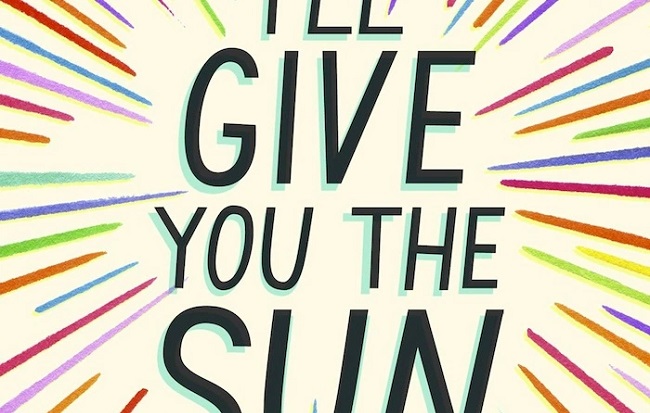The second novel by the outstanding Jandy Nelson (who also wrote “The Sky Is Everywhere”) is called “I’ll Give You the Sun,” and it is presented from the alternating points of view of teenage fraternal twins, Noah and Jude.
Duality is a central theme in the book on one level: Each narrator fights to become complete, to become anything other than only half of one, as Jude and Noah argue over who will attend a prominent art school and compete for attention and acclaim and even, for a little period of time, the love of the same male.

Contents
I ll Give You The Sun Summary
It’s possible that the book’s taut, even breathless atmosphere is due in part to Nelson’s portrayal of the twins’ closeness, their oneness, which can be both comfortable and suffocating.
They often play a game in which they arbitrarily split the planet among themselves, exchanging or trading resources like the sun, trees, and oceans.
Read Also:
- Can t have Your Cake and Eat it too
- Why was the Vietnam War Called the Living Room War
- Diverse Artists to Write and Illustrate New Dr. Seuss-Inspired Books
One gets the impression that there is not enough room in the world for both of them. Later, as Jude and Noah switch places with one another in their families and even their favourite parents, they learn the futility of trying to live by a set of moral absolutes or abide by a set of rules.
Opposing terms like “good” and “bad,” “normal” and “weird,” and “normal” and “abnormal,” are inadequate to describe or define their experiences, and this book opens our eyes to the reality of diversity.
Near the end of the book, Jude muses, “We grapple with the mysteries, each of us in our own way, and some of us get to float around on one of them and call it home.”
Nelson even leaves the bounds of reality unclear, making the reader question if the spirit of the twins’ grandmother, a delightful and whimsical character who occasionally drops in on Jude to provide a perfectly timed witticism or word of advise, really a ghost or only a projection of Jude’s desires.
This omission, which in the hands of another author could come across as sly or even lazy, appears to have been made on purpose by Nelson in order to highlight the allure of the unknown. First and foremost, “I’ll Give You the Sun” is a coming-of-age story because Jude and Noah realise that fault is not always easy to assign.
The story depicts its protagonists’ transition from a world of simple black and white choices to one of unlimited, sometimes unsettling, shades of grey. What’s most moving is watching Noah’s love story evolve, as well as hearing him struggle with his sexual orientation.
As his feelings for her grow, he wonders if men normally embrace one another so closely. “I really should have been paying more attention to this sort of thing in the past.” Just as vividly portrayed are Jude’s amorous exploits, and perhaps more surprisingly, the novel’s adult characters.
The twins’ parents are among these, as is the reclusive and mysterious artist Guillermo Garcia, who becomes Jude’s mentor and, as the story progresses, is shown to have a more personal connection to her history.
If I have a gripe, it’s that the novel’s final third moves at such a breakneck pace, with characters suddenly and unexpectedly revealing hidden layers of their relationships and previously unknown realities. But that’s nitpicking, and it’s a great credit to Nelson’s skill at creating compelling stories through the tightly wound psychology of her characters rather than through plot gimmicks.
Nelson is Daring And Even Spectacular on a Line-By-Line Basis.
Like Jude’s description of Guillermo’s work, or Michelangelo’s famous quote, “I saw the angel in the marble and carved until I set him free,” you get the impression that her characters are bursting through the words, breaking free of normal metaphors and constructions, jubilantly trying to rise up from the prison of language.
In various places, Nelson comments on and physically manifests the artist’s struggle by referencing this quote. One may say that “I’ll Give You the Sun” focuses mostly on the creation, significance, and influence of art on individuality and independence.
Read Also:
- The Ocean at the End of the Lane Analysis
- From the War on Poverty to the War on Crime
- How old was Mozart when he Wrote His First Symphony
This book is a celebration of the therapeutic power of art, but it also reveals how we dig for meaning in the works we admire and where we could see ourselves reflected. Stendhal’s “A novel is a mirror carried down a high road” is a quote I’ve always found inspiring.
When it’s done correctly, it both reveals who we are and propels us ahead to uncharted territories and deeper insights. In the pages of “I’ll Give You the Sun,” which serve as a brilliant mirror, countless appreciative young adults will find themselves mirrored and educated.




